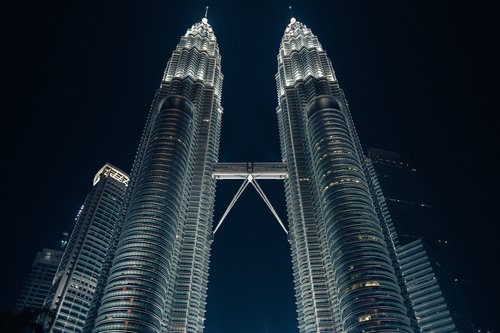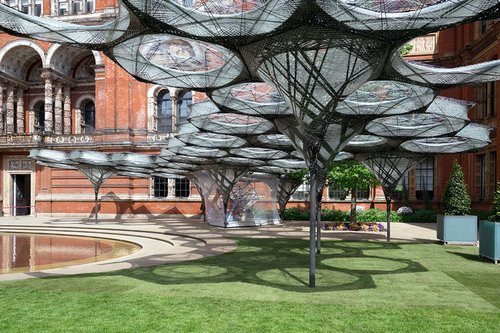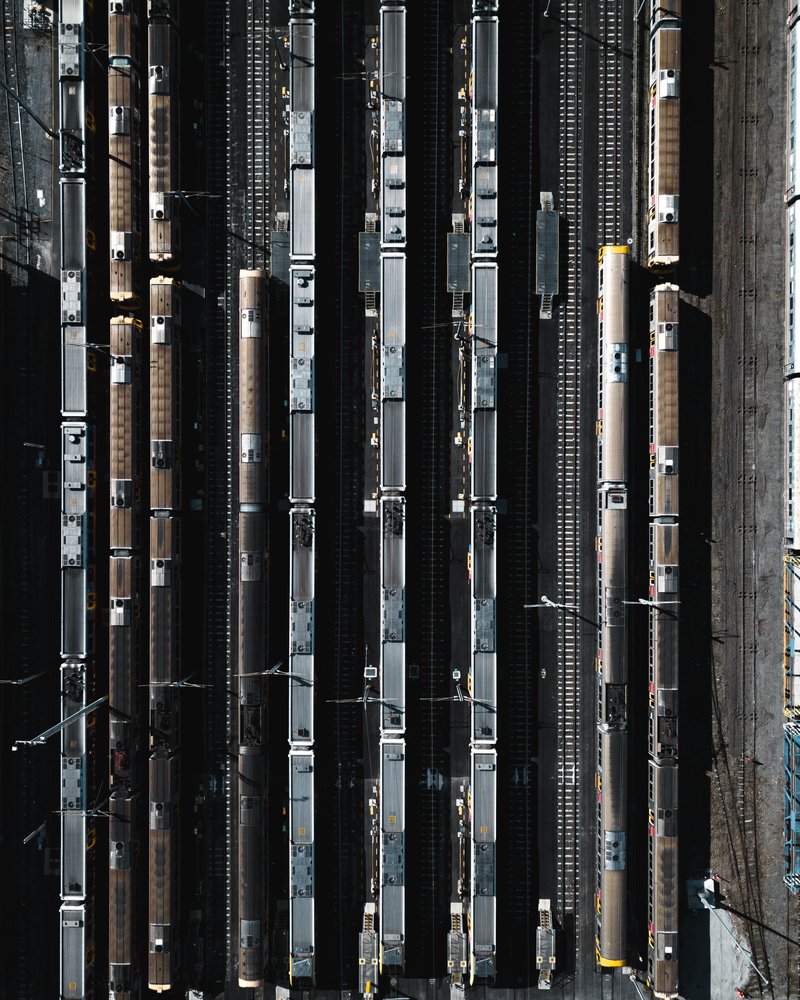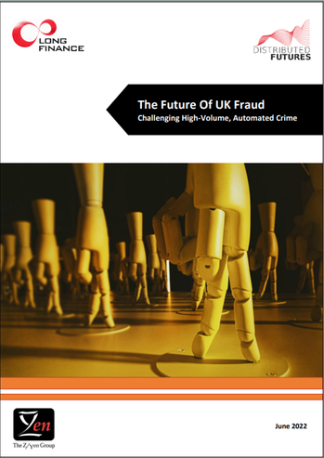The Intimacy Between Investment, Risk, And Waste
Thursday, 17 November 2022By Christopher Gleadle
The gap between promises and investment to limiting the interdependent impacts of global warming and the reality of delivery, is stark. “We are headed for a global catastrophe. The emissions gap must be filled…woeful inaction on net zero” says Antonio Guterres, U.N. Secretary-General.
So… what is it we can do today that we are not doing?
1 – Understand intimacy

The intimacy between what we create, consume and discard, and the evolution of our understanding of science are deeply interdependent.
For example, within the built environment, structural engineering, by many, is seen as a specialism within civil engineering. Yet, the scope is much wider since all engineers regardless of specialism require a knowledge of structure. Structural engineering is part of the design, construction, repair, conversion, and conservation of anything from buildings to wind farms. Furthermore, structural engineering inter plays with architecture since both appreciate shape and form but from different perspectives.
In bridging fragmented specialisms, understanding the relationship between system components (skills and technology) may be visualised to make more informed decisions, understand decision sequence and account for decisions foregone.1

2 – Purpose variability
Architecture and engineering require science: each having a different purpose. For example, architectural beauty is an emotional power or conceptual idea. Science is a branch of knowledge that is testable, and objective: it’s about what we know. Thus, when architecture and engineering get separated, outcomes may diverge from the intent. For example, an investor may well appoint an architect to develop a scheme that meets her dreams. But often, the scheme is developed without the immediate involvement of appropriately qualified engineers. As a result, practical problems, such as safety or needless expense, soon emerge. Accordingly, the most successful projects result from architects and engineers working together from the start to leverage orders of magnitude that save in cost, impact, and waste. Great design is about management of waste (proactive) not waste management (reactive).
3 - Risk and Waste
Structural engineers must consider minimising embodied emissions and waste. Yet often many who may have an interest in the project do not have a voice within the project team but can cause considerable impact, for example, environmental campaigners that protest about the route for a new railway line, such as HS2 (UK). As a result, the contrasting needs of ultimate end-users and other stakeholders are not accounted for. This is applicable across the myriad of sectors.
4 - Form and Function

It was the philosopher and systems scientist Ervin Laszlo who pointed to the difference between form and function not existing in natural structures. Thus, the best structures are a harmony of architecture and engineering where form and function are one. Humankind has followed linear thinking - form follows function: that something should reflect its use – a church should look like a church!
But, since structure rarely has just one function it is helpful to think of a wider scope, a sense of meeting a purpose. It was the roman architect Vitruvius who sparked the idea that buildings should have three attributes: firmitas, utilitas, and venustas (durability, utility, and beauty). Vitruvius clearly wanted more from a building than just usefulness.
5 - Utility
A railway is more than just a set of tracks: it’s the embodiment of connectivity, trade, well-being and so on… But it also impacts upon our environment by how it looks, how it behaves, how it is constructed, how we react to it emotionally and how it uses resources. Additionally, a railway needs to adapt to future needs and how it behaves when threatened by climate changes such as flooding. These and other interdependent requirements must be satisfied for a structure to be deemed fit for purpose.
6 - Forces

Structures have internal forces that balance the external forces that act upon them. Thus, we must account for feedback loops.
For example, modeled on nature and exploited by the field of biomimetics2 are the emergent patterns in nature that follow simple mathematical formulas.3 A structure may be modeled, and a structure scaled up from that model - or the structure may be built and allowed to settle into shape. For example, the simplest form-finding structure is a rope stretched between two posts and hangs freely in a shape called a catenary. Yet, if we hang washing on the rope, the rope changes shape as forces acting upon the rope change. Thus, movements under changing loads can make the structures unfit for purpose. If you have ever walked on a rope bridge, you will know this structure is not suitable as a road bridge. Thus, what we learn is we can map the feedback loops from multidimensional decisions we make, and illustrate decisions foregone. Magnitude, direction, sequence, and time.
7 - Information
The pedigree of information to make decisions about risks – to lives, wealth, health, environment, biosphere, and so on - is essential. We receive information from many sources, be it scientific, heuristic, regulatory, commercial, or other. Yet, since decisions get made in a linear fashion like driving vehicles on a motorway, we have an ever-relentless number of crises – one piling in to the back of another like a motorway pile up.
Thus, receivers of information must be sure of its purity.4 Have a clear idea what makes information dependable. Science is a major source. Yet, many judgements towards tackling the climate crisis have led to a worsening effect. It follows, optimal outcomes from practical decision making requires understanding that the context of the application may be different from the context in which theory was derived and tested.
“Empirical evidence can spin off under its own moment reflecting little of the real world”5
Risk
Risk is subject to randomness since it reflects how we represent the physical world in our theoretical scientific models as well as how disparate models are related to be inclusive too of human behaviour and the decision space6 within which people operate – both individually and collectively.

What collaboration typically looks like

What collaboration needs to look like.
Consequently, people of diverse skills and backgrounds are utilising systems thinking to deal with complex situations in order to visualise better the consequences of decisions and actions from the interactions of a system.7
Conclusion
Systems thinkers integrate components and perspectives of identified systems to understand the properties that may emerge from the interactions between the sub-systems. They identify the whole as being more than the sum of the parts.8 Accordingly, they are better at visualising unintended consequences, emerging hazards, and crises and they are able to realise symbiotic opportunities.
Thus, what we can do today that we are not doing? Apply systems thinking - better use what we already have to rapidly reduce emissions, waste, and risk.
References
1 The Five Essential Steps To Sustainable Viability, C Gleadle, 2018
2 Biomimetics or biomimicry see Shape Finding or Form Finding? Nicholas Goldsmith, 2014.
3 Some Weird Science behind Sustainable Viability, C Gleadle, 2018
4 Reduce Entropy, The Limits on Communication and Greenwashing, C Gleadle 2022
5 Governing The Commons, Elinor Ostrom, 1992
6 What Gets measured Gets managed…Oh Really? C Gleadle, Long Finance, April 2022
7 The Sphere Economy and the complex universe of decisions, C Gleadle, 2022
8 Aristotle